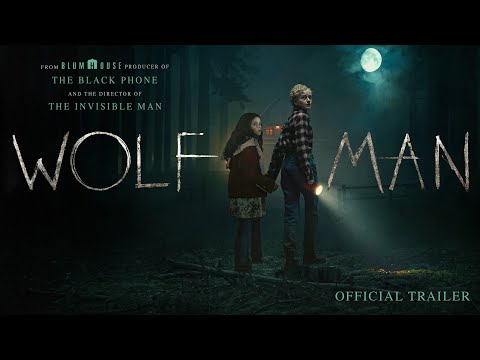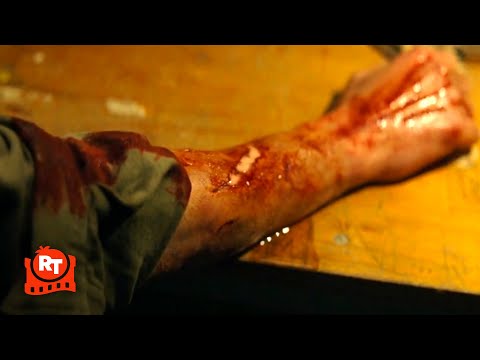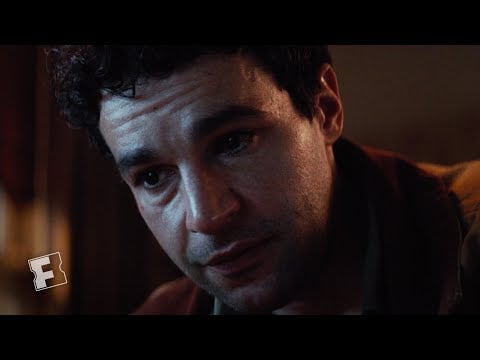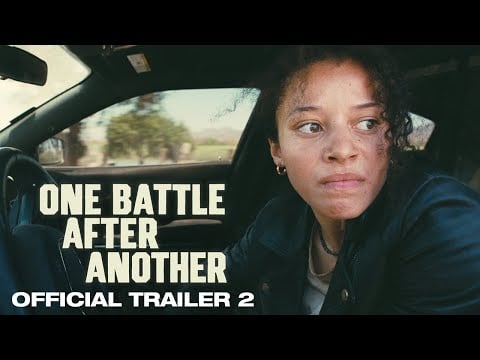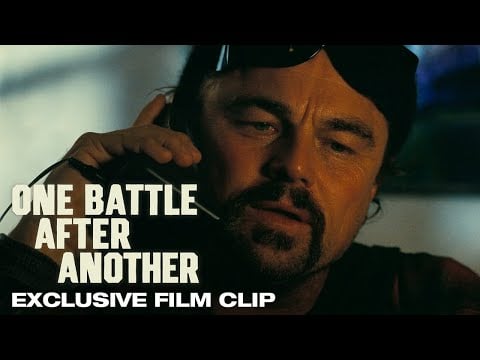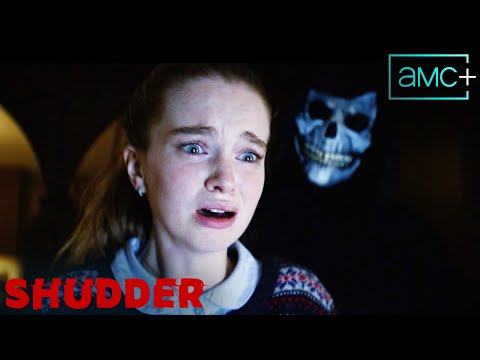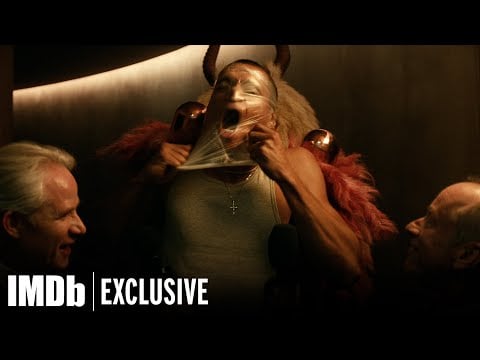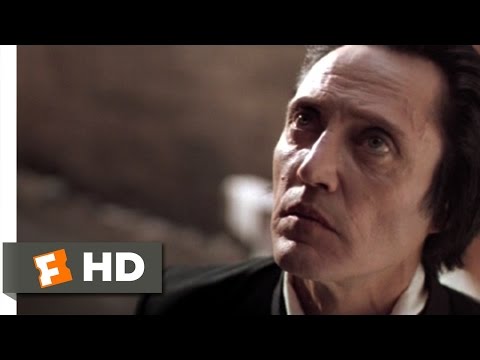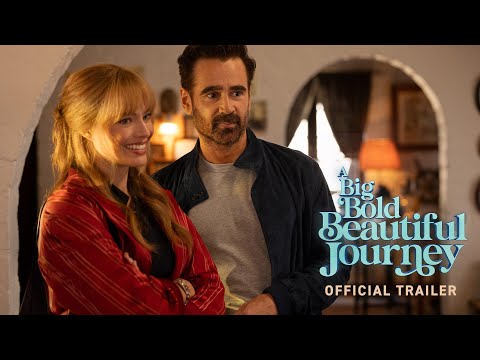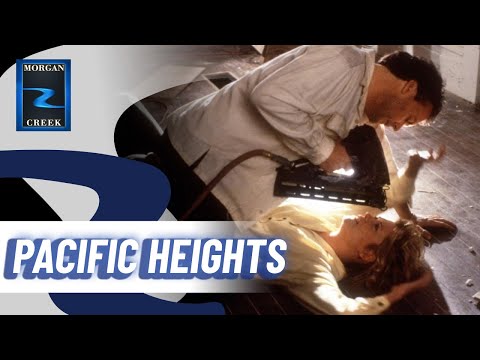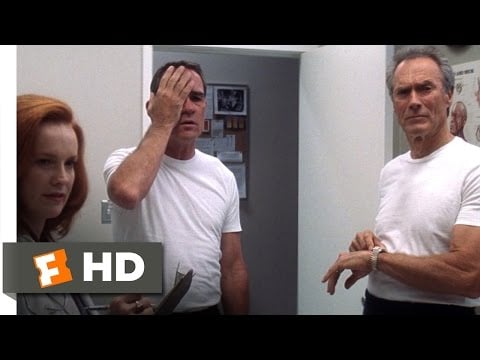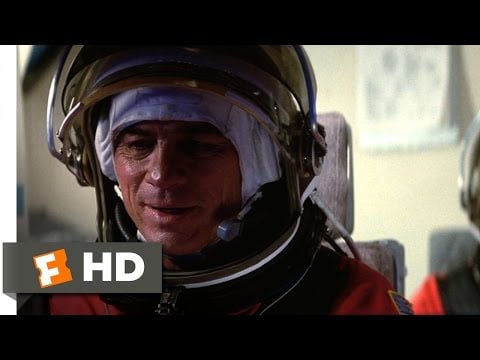Dwayne Johnson’s transformation is complete,
Sure, the ex-wrestler known as The Rock has been anchoring films for more than a decade. He still carried the weight of his former gig on his massive shoulders.
He’s a very good actor … for a wrestler. That asterisk probably drove him mad.
He wanted more. He craved more. And he found it by teaming with writer/director Benny Safdie for “The Smashing Machine.”
The fact-based story of a UFC pioneer let Johnson show what he could do once we stopped gawking at his physique. Turns out there’s a real actor lurking beneath the brawn, something the film demands as it upends Hollywood tropes.
It’s the anti-“Rocky” … sans apology.

Johnson plays Mark Kerr, an undefeated UFC fighter who longs to dish out professional punishment. And, boy, is he good at doing that.
He’s surprisingly gentle outside the octagon, particularly when his main squeeze Dawn (Emily Blunt) is by his side. Their romance is complicated, even by cinematic standards, but they’re drawn to one another in ways that aren’t easily dismised.
Mark’s dedication to the sport is unrivaled, as his his bond with fellow MMA warrior Mark Coleman (real MMA fighter Ryan Bader). Together, they’re trying to raise the sport’s profile while battling age and the demons inherent in MMA fighting.
Yes, we’re talking steroids, but that isn’t the only chemical Johnson’s character craves.
View this post on Instagram
“The Smashing Machine” defies conventional plot summaries, and that’s by design. Safdie’s film eschews Hollywood formula at every turn.
We see the horrors of addiction, a dysfuctional romance, major MMA battles and more, but Safdie and co. aggressively deconstruct these tropes. The director treats the material like a documentary filmmaker might, giving us fly-on-the-wall access without spit polish.
That’s particularly effective early in the film, establishing a tone that Johnson and his cast mates honor.
That means “The Smashing Machine” doesn’t boost our seratonin levels like most sports movies. Every time we expect a training montage or climactic fight the film yanks us back into the real world.
Johnson, sporting seamless prosthetics to tweak his familiar mug, is so dialed in we never see the former wrestler rise to the surface. His Mark Kerr is a gentle giant, struggling to focus when life interferes with his dreams.
Safdie leans on professional athletes to flesh out his cast without sacrificing his film’s aesthetics. He lets the sport’s rhythms dictate the action, which means we’re left without signature scenes or mass appeal victories.
Ironically, “The Smashing Machine” never quite soars as a result. The narrative here isn’t addictive or revolutionary, and the cold, hard truth sometimes disappoints. Kerr’s career doesn’t pack enough jaw-dropping elements to make a biopic pop, and Safdie refuses to pin the truth for our amusement.
Instead, the “Uncut Gems” director leans into Kerr’s humanity, showing what it means to be such a powerful figure in a sport the culture is still puzzling out.
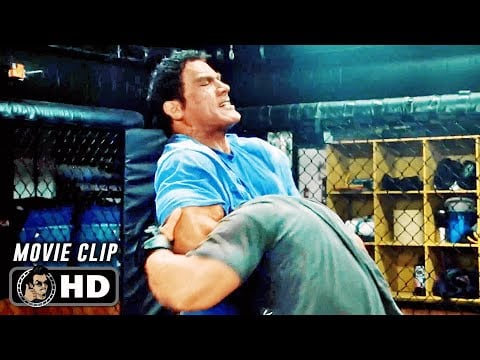
An early, powerful scene finds Kerr trying to explain his profession to an older woman aghast at the violence in play. The sequence lingers through the movie, a signal that Kerr, for all his physical gifts, thrives when others bleed.
Johnson’s Kerr isn’t particularly charismatic. He doesn’t lean into boxing-style theatrics, the kind Don King once milked to his marketing advantage. He’s a regular Joe with an unusual talent, and he found a sport where it could make him a star.
To an extent.
Today, UFC-style fighting is all over ESPN and the culture at large. During Kerr’s reign, the sport seemed like a curiosity if not a freak show to some.
“The Smashing Machine” screams otherwise, even with a voice as quiet as a whisper.
HiT or Miss: “The Smashing Machine” is Dwayne Johnson’s foray into Serious Movie Acting, and he more than rises to the occasion.
The post ‘Smashing Machine’ Retires Johnson’s Rock Persona for Good appeared first on Hollywood in Toto.
from Movies - Hollywood in Toto https://ift.tt/3bkTgjI


